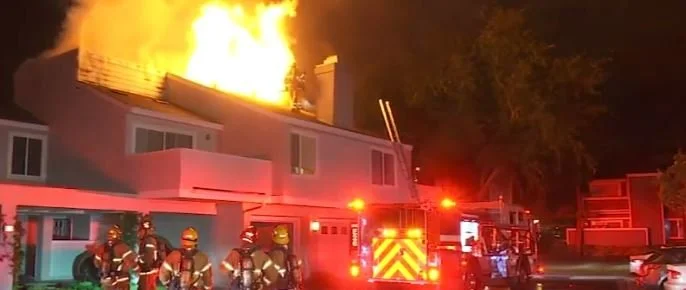BIV.com
On November 15, 2021, a burst dike and record rains forced over 1,000 residents to evacuate over the previous 24 hours. However, not everyone evacuated and thousands of residents waded and swam through the floods. One year later an analysis of water quality across Sumas Prairie released Thursday revealed a toxic soup of fossil fuels, cocaine, pharmaceuticals and heavy metals.
“One cannot drink any of the water from any of the waterways. It would simply be too risky. One cannot touch the water. These waterways are dangerous for human recreation.” States Peter Ross, leading the study as the director of water pollution at Raincoast Conservation Foundation. After the flooding the ministry created a multi-agency provincial task force who’s results “found limited to negligible risks to public and environmental health as a result of the atmospheric river event” and “no widespread contamination issues to date.”
However, Raincoast reports that across Sumas Prairie average fecal coliform levels were found to be 641 times higher compared to a stream used as a reference site outside of the flood zone. Average pesticide concentrations were found to be 135 times higher; nitrogen 43 times higher, and hydrocarbons 6.5 times higher, pharmaceuticals concentrations — the most common being diabetes medication, painkillers, asthma medication and cocaine — were on average 60 times higher in the flood zone.









